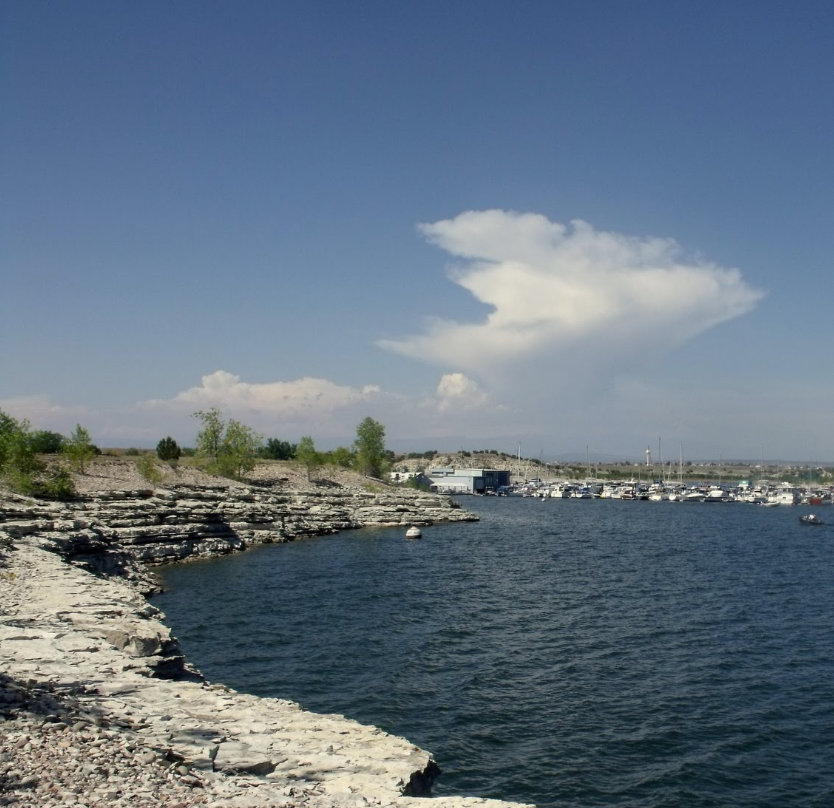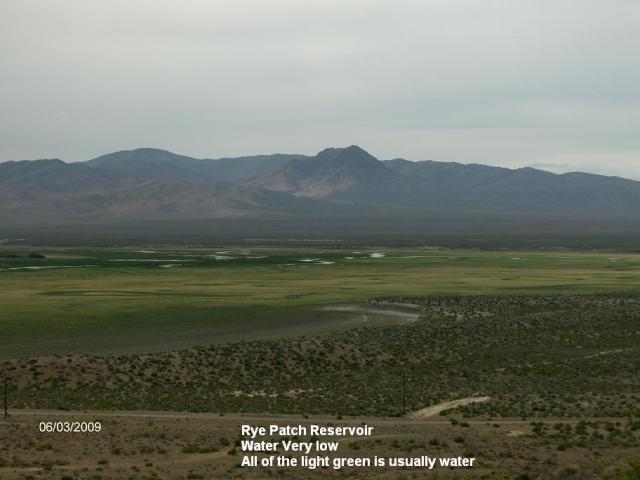Billionaire T. Boone Pickens can’t buy water rights fast enough. Check out this article. Pickens is quoted as saying, “I know what people say – water’s a lot like air. Do you charge for air? ’Course not; you shouldn’t charge for water,” says he. “Well, OK, watch what happens. You won’t have any water.”
Water rights in water law refers to the right of a user to use water from a water source, e.g., a river, stream, pond or source of groundwater. In areas with plentiful water and few users, such systems are generally not complicated or contentious. In other areas, especially arid areas where irrigation is practiced, such systems are often the source of conflict, both legal and physical. Some systems treat surface water and ground water in the same manner, while others use different principles for each.
Water rights in the United States
In the United States, there are two divergent systems for determining water rights. Riparian water rights (derived from English common law) are common in the east and prior appropriation water rights (developed in Colorado and California) are common in the west. Each state has its own variations on these basic principles, as informed by custom, culture, geography, legislation and case law. California law, for example, includes elements of both systems. In general, a water right is established by obtaining an authorization from the state in the form of a water right permit. A legal right is formally consummated, or perfected, by exercising the water right permit and using the water for a beneficial purpose.
Under the prior appropriation doctrine, water rights are “first in time, first in right.” That is, the older, or senior, water right may operate to the exclusion of junior water rights. The concept of “priority date” is significant. The priority date is generally associated with the date that water was first put to beneficial use, or the date that a successful application for a water right was submitted, and indicates the relative status of seniority among competing users. Older rights are senior. More recent rights are junior.
Water rights are generally established pursuant to State law, but there are exceptions, most notably, the concept of federal reserved water rights. Reserved water rights are rights that are established when the federal government reserves land for a specific federal purpose. Courts have held that there is an implied water right to satisfy the primary purposes of the reservation. Examples of reservations include Indian reservations, national wildlife refuges, federal forests and military bases.
Proceedings to determine the relative priority of claims to water rights are known as adjudications. Through Congress’s passage of the McCarren amendment, the federal government has consented to having its claims adjudicated in state courts.
All states offer mechanisms for changing how a water right is exercised, e.g., amending the point of diversion or withdrawal, the place of use and the purpose of use. In reviewing such requests, the state must guard against the impairment of other water rights, the enlargement of the water right and injury to the public interest.
Resolution of Interstate Water Conflicts
Because water bodies may cross political and jurisdictional boundaries, conflicts may arise. In the United States, three basic approaches are used to settle such conflicts: 1) Litigation before the Supreme Court of the United States; 2) Legislative resolution by the Congress of the United States; and 3) Negotiation and ratification of interstate compacts between states. [3] In the western United States, for example, the 1922 Colorado River Compact divides the Colorado River basin into two areas, the Upper Division (comprising Colorado, New Mexico, Utah and Wyoming) and the Lower Division (Nevada, Arizona and California). A comprehensive review of existing interstate water compacts has been published by the Model Interstate Water Compact Project at the University of New Mexico School of Law’s Utton Transboundary Resource Center.[4]
Limitations on water rights
In California, courts have held that appropriation water rights may be limited under the public trust doctrine, a common law principle recognized by some courts, which holds that the public has access rights upon navigable waters and that navigable waters are held in trust for the use of the people. The public trust doctrine was invoked by the California Supreme Court in a case restricting the amount of water Los Angeles could divert from tributaries of Mono Lake. The case was filed by the Audubon Society and the Mono Lake Committee.
In the United States, Navigable waters are subject to the commerce clause of the U.S. Constitution. The commerce clause provides the federal government the ability to restrict state issued water rights via, for example, the enforcement of water quality standards via the Federal Water Pollution Control Act (Clean Water Act), the Federal Power Act and the protection of endangered species via the Endangered Species Act.
I know this is all fascinating stuff, but basically if you’re interested in building in a rural area get to know the States stance and procedures for water rights.





